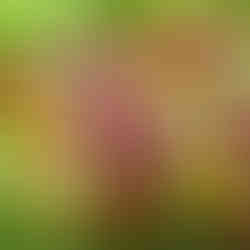And the Winner is...
- Annie Davis

- Jun 5, 2019
- 2 min read
Updated: Jun 7, 2019

The community has spoken. It was a close race, but coneflowers have beat out the other floral contenders to become the official flower of the village of Westchester! While any of the beautiful, pollinator-friendly plants that were on the ballot would have made lovely village flowers, we are so pleased that people were smitten with the coneflower.

These beautiful, daisy-like flowers are a perennial that is native to North America and can be seen decorating fields and prairies across the United States. A gorgeous mix of attractive and rugged, coneflowers can flourish without much help from you. Easy to grow and long-lived, coneflowers have a very hardy nature, proving resistant to environmental stressors like heat, humidity, cold, and drought. They are also impervious to most pests and diseases.
Coneflower is a common name of several genera of flowering plants, including Dracopis (clasping coneflower), Echinacea, Rudbeckia (black-eyed-susans), and Ratibida (prairie coneflowers). They yield summer blooms in a range of colors, including pink, white, yellow, orange, and red. Pollinators are drawn to them in the spring and summer, while songbirds flock to them in the fall to feast on their seed-filled cones .
Supported by village officials, the flower vote was initiated by the Grassroots Garden Group and took place during the month of May. Votes were cast through our website, our Facebook page, and by email to grassrootsgardengroup2015@gmail.com. Coneflowers received 32% of the votes, with second-place Allium tallying 29%. Milkweed and Virginia Bluebells received 22% and 17%, respectively.
Thank you to all who voted. We can't wait to see coneflowers popping up around town! And remember, even though our runners up were not selected, they would still make fabulous additions to your garden. We included them on the ballot not only because they are beautiful, but also because they are native, pollinator-friendly options.
























Comments